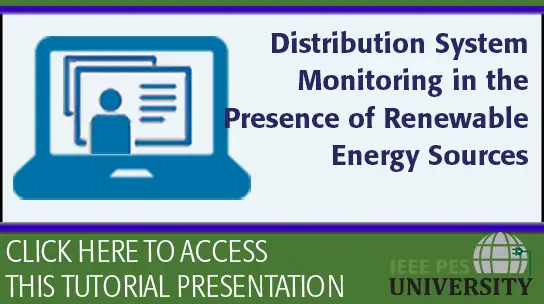ISGT NA '24 Tutorial 3: Implementing Fault Location Isolation and Service Restoration (FLISR) on Distribution Circuits with High DER Penetration – Strategies for Success (Slides)
Robert Uluski, Stuart Borlase
-
Members: $50.00PES
IEEE Members: $74.00
Non-members: $99.00Pages/Slides: 115
For several decades, electric distribution utilities have been able to achieve significant reliability improvements by quickly isolating faulted feeder sections and restoring power to healthy sections using FLISR on their distribution feeders. The growing penetration of DERs presents new challenges, such as load masking and incorrect fault location due to DER fault current contributions, that may impact the performance of these legacy systems. DER presence also provides opportunities for improved FLISR performance such as freeing capacity to permit load transfers on heavily loaded feeders and supporting islanded microgrids on isolated feeders that lack backup sources. The proposed tutorial will provide basic information on how FLISR works, equipment requirements, reliability improvement benefits obtained, and strategies for addressing the new challenges posed by DER presences and opportunities to leverage DERs for optimal performance. Objectives: At the conclusion of this tutorial students will be familiar with: - FLISR operation and benefits - Equipment requirements, including medium voltage switches, communication network requirements, and computer hardware and software needed to implement FLISR - FLISR design characteristics such as the types of switches to use and optimal quantity of switches to install - FLISR switch placement for optimal performance - Potential adverse impacts of DERs, and opportunities to leverage DERs to optimize FLISR performance - Business case for FLISR deployment





